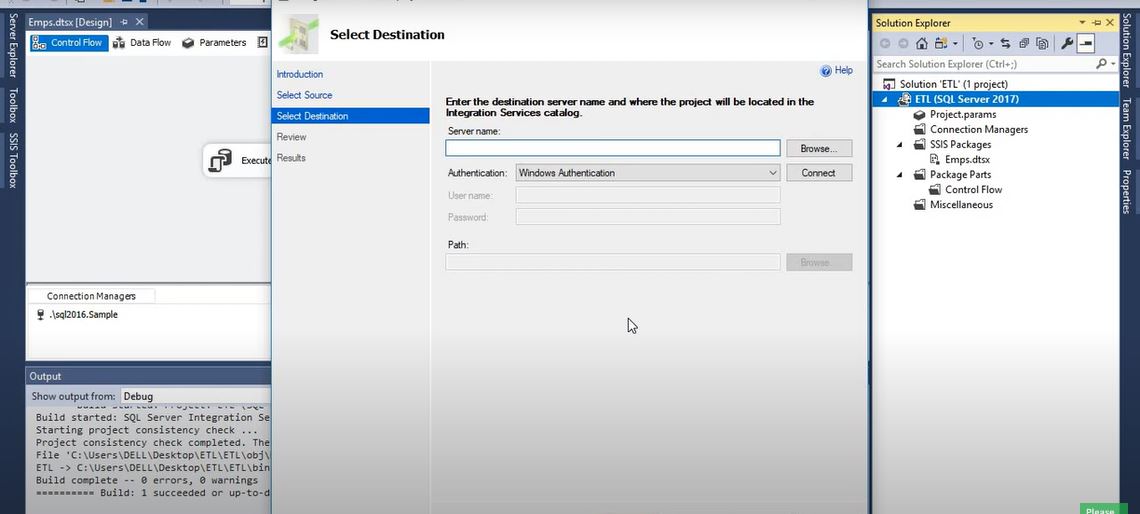Estimated reading time: 3 minutes
Introduction:
In the fast-paced world of business, managing data efficiently is crucial. SSIS 816, or SQL Server Integration Services, stands out as a powerful tool from Microsoft, simplifying data handling. This article delves into the basics, advantages, implementation steps, challenges, troubleshooting, and future developments of SSIS 816.
Understanding SSIS 816:
SSIS 816 is akin to a magical device for data management. Developed by Microsoft, it effortlessly handles data extraction, transformation, and loading from various sources, making data management a breeze.
Defining SSIS 816 Tech:
More than a standard integration software, SSIS 816 is turbocharged for modern data challenges. It excels in enhanced data connectivity, advanced transformation options, rapid scalability, and built-in debugging.
Advantages of SSIS 816 Technology:
- Efficiency and Speed: SSIS 816 acts as a data trainer, automating tasks and ensuring rapid processing.
- Enhanced Data Integration: It seamlessly combines structured and unstructured data in real time for actionable insights.
- Improved Data Quality: SSIS 816 provides tools to clean, validate, and standardize data, ensuring accuracy.
- To integrate SSIS 816 into your business, follow these steps:
- Set Project Goals: Clearly define your objectives.
- Design Workflows: Plan the data flow like constructing a puzzle.
- Create and Test Workflows: Ensure everything functions as expected.
- Implementation: Let your information flow into reality.
- Monitor and Maintain: Keep an eye on performance and address issues professionally.
Also read this: GPT66X AI Technology
Overcoming Challenges:
Processing Large Volumes: Enhance data stream and system capabilities.
Data Integration Complexity: SSIS 816 provides connectors and tools; training your staff is essential.
Troubleshooting Techniques:
SSIS Logging: Enable logging for event records and errors.
SSIS Debugger: Step through tasks to identify issues.
Data Tap: Capture data values to pinpoint errors.
Health Monitor: Monitor SSIS services, catalogs, and operations.
DTExec Utility: Execute packages from the command line with verbose logs.
Error Handling: Manage expected errors and control responses.
Common Causes of SSIS Unexpected Termination:
Memory Constraints: Check for spikes in memory usage.
Data Truncation: Activate data viewers to identify truncation points.
Data Conversion Errors: Address mismatches between source and target data types.
Access Permissions: Ensure proper access to databases, files, and folders.
Command Text Parsing Errors: Review debug logs for SQL parser exceptions.
Network Failures: Implement error handling for database or file operations.
Third-Party Component Defects: Isolate issues to third-party components and seek vendor solutions.
SQL Server Service Failures: Ensure SQL Server services are operational.
Script Component Bugs: Localize issues to script components and refine faulty logic.
The Future of SSIS 816:
SSIS 816 is evolving. Predicted developments include increased AI and machine-learning capabilities, enhanced connectivity, and embracing IoT and cloud computing for a more data-driven future.
Conclusion:
SSIS 816 emerges as a key player in the data management landscape. With its efficiency, enhanced integration, and data quality tools, it empowers businesses to maximize the potential of their data. Seize the opportunity to leverage SSIS 816 today and witness your information shine like never before!
